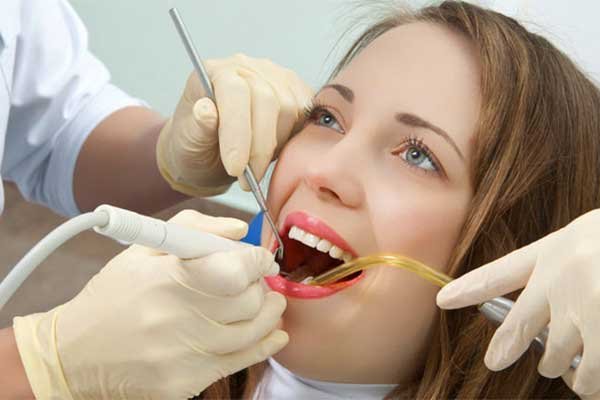Teeth Cleaning

Next, the dental hygienist or dentist will use specialized tools such as a scaler and a polisher to remove plaque and tartar from the teeth. Plaque is a sticky film of bacteria that forms on the teeth and can lead to tooth decay and gum disease if not removed regularly. Tartar, also known as calculus, is hardened plaque that can only be removed with professional dental tools.
During the cleaning process, the dental professional will carefully scrape away any plaque and tartar buildup from the surfaces of the teeth, paying close attention to areas around the gumline and between the teeth where bacteria tend to accumulate. They may also use a high-powered electric toothbrush and gritty toothpaste to polish the teeth and remove surface stains.
After the teeth have been thoroughly cleaned, the dental professional may recommend additional preventive measures such as fluoride treatment or dental sealants to help protect the teeth against cavities and decay.
Regular teeth cleaning appointments are essential for maintaining good oral health and preventing dental problems. Most dentists recommend having a professional cleaning every six months, although the frequency may vary depending on individual oral health needs.
In addition to professional cleanings, it’s important to practice good oral hygiene at home by brushing your teeth at least twice a day, flossing daily, and using mouthwash to help kill bacteria and freshen breath. By combining regular dental check-ups with proper at-home care, you can keep your teeth and gums healthy for a lifetime.
